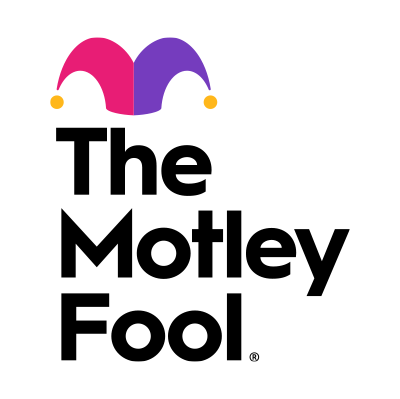
As a self-employed individual, you’re able to sock money away for your financial future by funding a small-business owner retirement plan. One viable yet often overlooked option is the SIMPLE IRA. Here are some of the SIMPLE IRA rules, advantages, and considerations.
SIMPLE IRA 101
SIMPLE IRAs are easy-to-administer, inexpensive retirement plans for self-employed individuals and businesses with 100 or fewer employees. SIMPLE IRAs offers tax-deductible contributions, tax-deferred earnings, and a broad range of investment options. The investments available at the institution where the SIMPLE IRA is located will determine what kinds of investment choices are available to the employee.
Any type of business, including sole proprietors, partnerships, or corporations, can set up a SIMPLE IRA. One advantage of the SIMPLE IRA is that it’s a salary deferral plan with both employee and employer contributions. Employees decide how much they want to contribute and can change their contribution levels during the plan’s election period each year. You as the employer must also make contributions.
One key benefit of the SIMPLE IRA is that it can potentially save your business a lot of money in taxes every year. You also may be eligible for a tax credit for each of the first three years for the cost of starting a SIMPLE IRA plan. Existing businesses have until Oct. 1 to open a SIMPLE IRA for 2014.
Contribution rules
SIMPLE contribution limits are generous. In fact, the plan allows employees to make pre-tax salary deferral contributions up to $12,000 in 2014, or $14,500 if age 50 or older. As the employer, you must either match salary deferrals dollar-for-dollar up to 3% of a participant’s compensation or contribute 2% of each eligible employee’s compensation. The amount of employee compensation used in determining contributions is maxed out at $260,000 for 2014. Contributions to SIMPLE IRAs are always 100% vested, or owned, by the employee.
Eligibility rules
All employees who earned at least $5,000 income in any two previous years and are expected to receive $5,000 compensation in the current year are eligible to participate. Employers must include part-time employees in SIMPLE IRAs but may be able to exclude union employees.
Withdrawal and distribution rules
SIMPLE IRA contributions and earnings can be withdrawn at any time. However, a withdrawal is taxable in the year received. If a participant makes a withdrawal before age 59-1/2, a 10% early-withdrawal penalty generally also applies. If this withdrawal occurs within the first two years of participation, the 10% penalty is increased to 25%.
SIMPLE contributions and earnings must eventually be distributed. Beginning at age 70-1/2, required minimum distributions must be taken annually, as with traditional IRAs. Loans from SIMPLE IRAs are not allowed.
A simple way to start saving today
If this retirement plan makes sense for your business, be sure to carefully review the SIMPLE IRA rules before getting started. You can find more information about SIMPLE IRAs directly from the IRS.
